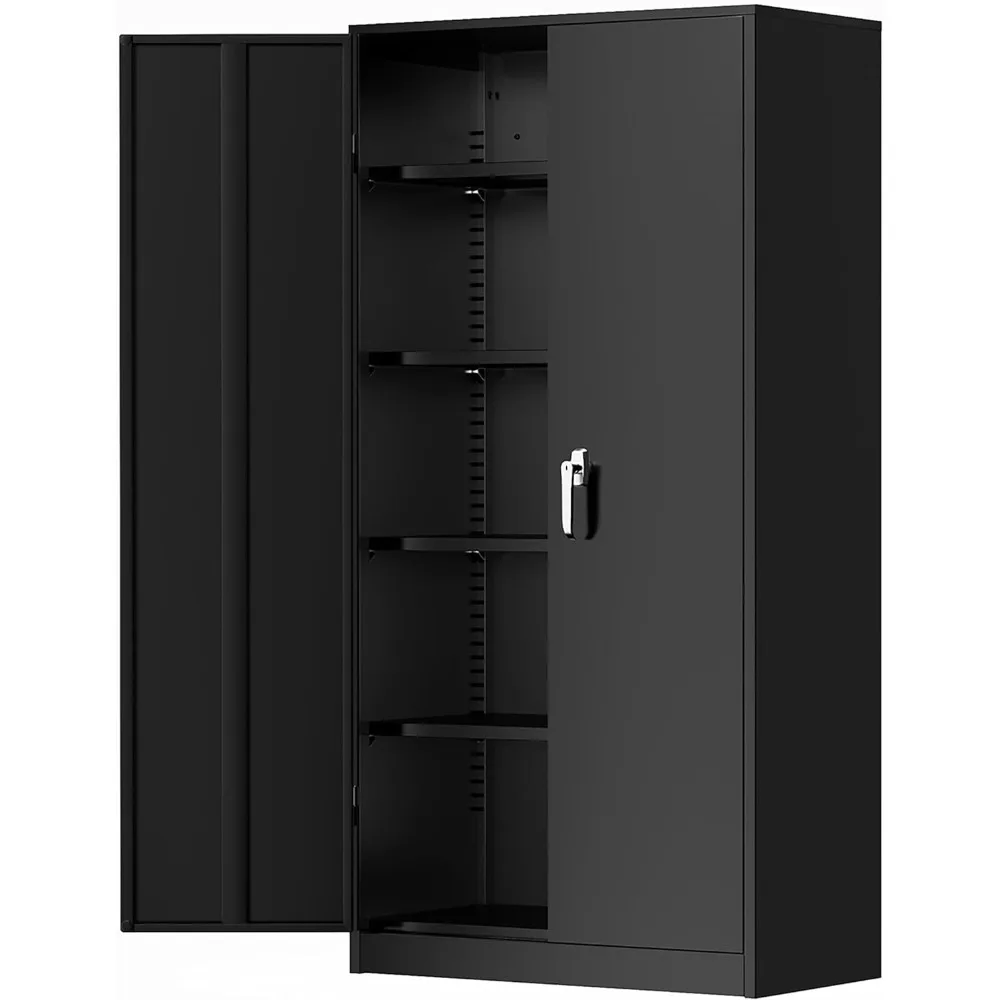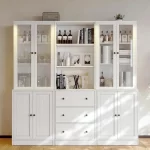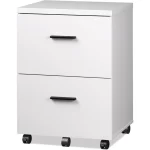Transforming a home office from a utilitarian space into a sophisticated and inspiring environment requires careful consideration of every element, including storage solutions. Filing cabinets, often seen as dull necessities, have evolved to become stylish and functional additions that complement modern home offices. In this exploration, we delve into the world of nice filing cabinets—ones that marry form and function, elevating your workspace from drab to fab.
The Evolution of Filing Cabinets
Gone are the days of bland metal boxes dominating office corners. Today’s filing cabinets embrace design aesthetics ranging from minimalist to vintage, ensuring they integrate seamlessly into any home decor scheme. Materials like wood, glass, and even reclaimed materials have entered the scene, offering a broader range of textures and finishes to choose from.
Key Considerations in Choosing a Stylish File Cabinet
Design Aesthetics: Align your cabinet choice with your home office’s overall style. Modern, sleek cabinets with clean lines suit contemporary spaces, while wooden cabinets with intricate detailing can enhance traditional or rustic environments.
Space Efficiency: Measure your office to ensure the cabinet fits comfortably without overwhelming the space. Vertical cabinets save floor space, while lateral ones offer wider drawers for larger documents.
Functionality: Look for cabinets with features like locking drawers for security, adjustable file bars to accommodate both letter and legal-sized documents, and caster wheels for mobility.
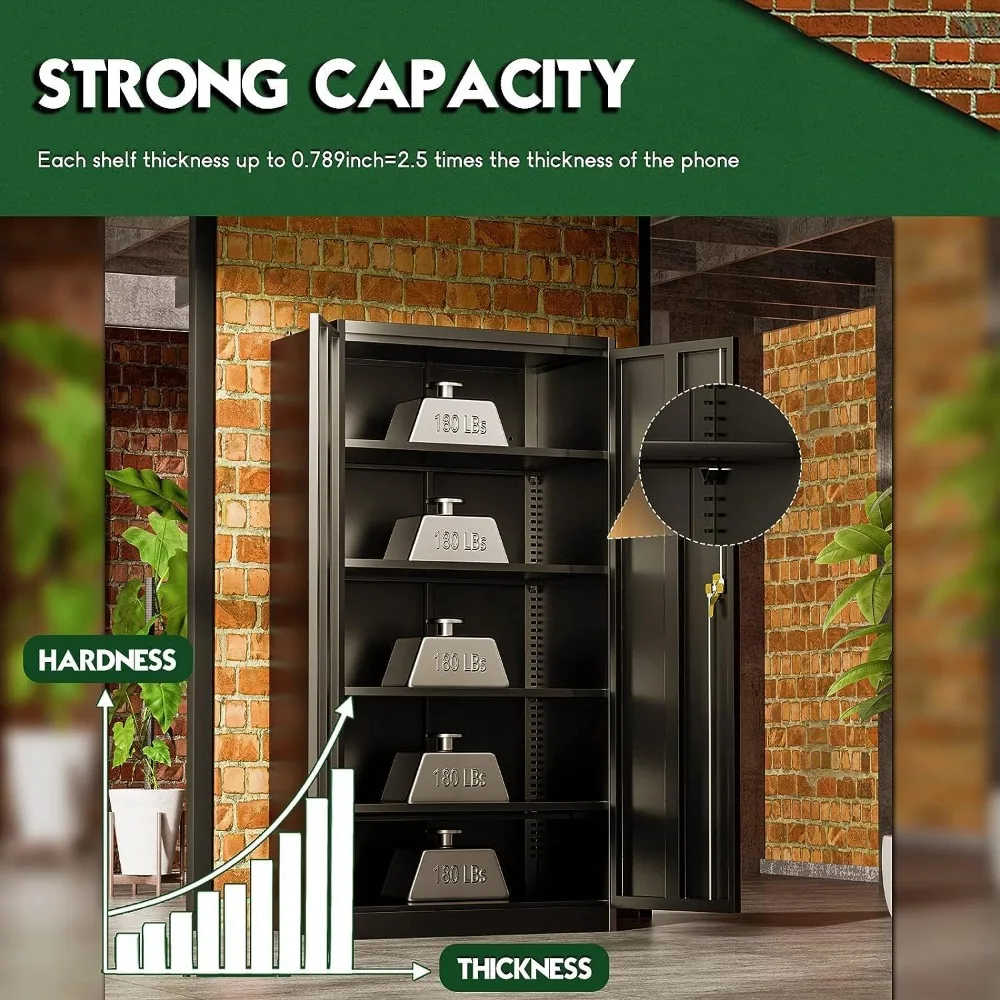
Material Matters: A Guide to Cabinet Finishes
Metallic Glamour: Polished or brushed metal cabinets bring a touch of industrial elegance. They are durable and easy to maintain, perfect for minimalist or urban-themed offices.
Warm Woods: Wooden cabinets exude timeless charm and warmth. Options range from classic oak to sleek walnut, with finishes from natural to distressed, fitting both rustic and modern decors.
Textured Surfaces: Faux leather, rattan, or even fabric-wrapped cabinets add texture and interest, softening the look of a room and introducing a touch of luxury.
Colored Cabinets: Break away from tradition with cabinets in bold hues or pastel shades. These can act as statement pieces, injecting personality into your workspace.
Innovative and Multi-Purpose Designs
Combination Units: Seek out cabinets that double as desks, bookcases, or even bench seats, maximizing space utilization while maintaining a cohesive look.
Tech Integration: Some modern cabinets come equipped with charging stations or USB ports, turning them into smart storage solutions that cater to our digital needs.
Eco-Friendly Options: Reclaimed wood or repurposed materials not only contribute to sustainability efforts but also add unique character to your office.
Styling Tips for Integrating Your New Filing Cabinet
Blend In or Stand Out: Decide whether you want your cabinet to blend seamlessly with existing furniture or to serve as a contrasting focal point. Matching the cabinet’s finish to your desk or bookshelf can create a cohesive look, while a statement cabinet can add a pop of color or texture.
Decorative Accents: Dress up your cabinet with potted plants, framed photos, or a small stack of books on top. This not only adds visual interest but also utilizes the cabinet’s surface effectively.
Lighting: Position a task lamp or a picture light above or beside the cabinet to highlight its design and create a warm, inviting ambiance.
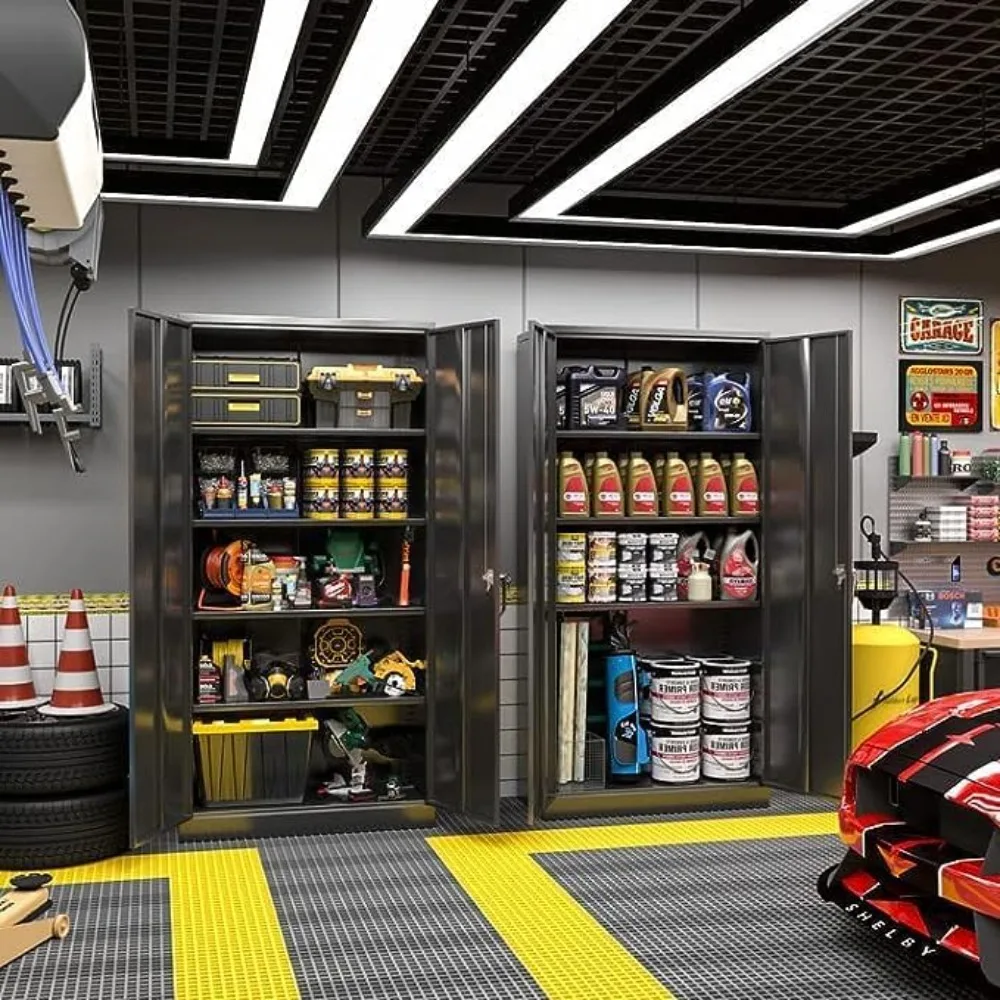
Case Studies: Real-World Examples
Explore real-life applications of stylish filing cabinets in home offices to draw inspiration:
- The Minimalist Haven: A white lacquer cabinet with slim metal legs complements a Scandinavian-style workspace. Its simplicity harmoniously integrates with the clean lines of the room, while hidden casters allow for easy rearrangement.
- Rustic Revival: A reclaimed wood cabinet with visible knots and a weathered finish brings authenticity to a cozy, cottage-style office. Paired with wicker baskets for additional storage, it exudes a warm, welcoming vibe.
- Contemporary Chic: A glossy black filing cabinet with integrated LED lighting serves as a dramatic anchor in a monochromatic modern office. Its smooth surface contrasts with textural elements like a shaggy rug and a leather armchair.
Troubleshooting Common Issues During Bifold Door Installation
Misaligned Doors or Uneven Gaps
Problem: If you notice uneven gaps between the door panels or the doors don’t align properly when closed, it can disrupt the aesthetic and functionality.
Solution: Recheck the leveling of the top track and adjust if necessary. Individual door panels may also require slight adjustment of the hinge or pivot positions to achieve a uniform appearance. Use a level and shims to correct any misalignments.
Difficulty in Operation
Problem: Bifold doors that are hard to open or close can indicate issues with the track, rollers, or excessive friction.
Solution: First, ensure the tracks are free of debris and properly lubricated. Check roller wheels for damage and replace if necessary. Adjust the tension on the pivot points or folding mechanism to facilitate smoother movement.
Track or Hardware Misplacement
Problem: Incorrect installation of the track or hardware can lead to instability or binding of the doors.
Solution: Double-check all measurements and installation steps. If the error lies in the track placement, it might require removal and reinstallation. For hardware issues, consult the manufacturer’s instructions again and make sure every component is securely fastened and correctly aligned.
Uneven or Sagging Floors
Problem: Floors that aren’t perfectly level can cause bifold doors to sit unevenly or not close properly.
Solution: If possible, adjust the bottom track to compensate for the slope. Use shims under the track to level it out. Alternatively, consider installing an adjustable threshold that can be customized to accommodate uneven surfaces.
Weather Stripping Challenges
Problem: Improperly installed weather stripping can leave gaps, allowing drafts or water infiltration.
Solution: Remove and reinstall the weather stripping, ensuring a tight seal without obstructing the door’s movement. For compression-type seals, adjust the pressure to strike a balance between a good seal and ease of operation.
An inconsistent gap between bifold door panels can disrupt the aesthetic appeal and functionality.
Corrective Measures:
- Shimming: Insert wooden shims behind the hinges or pivots on the side where the gap is too wide, then retighten screws. Conversely, remove shims or adjust screws to widen gaps that are too tight.
- Fine-Tuning Hinges: Adjusting hinge tension or position can help even out gaps, especially if the discrepancy is due to uneven hanging.
Weather Stripping Issues
Properly installed weather stripping is vital for insulation and keeping out drafts. However, it can be tricky to get right.
Resolving Weather Stripping Challenges:
- Replacement: If the provided weather stripping doesn’t create a tight seal, consider replacing it with a higher quality or more suitable type for your door.
- Repositioning: Ensure the stripping is applied evenly and pressed firmly against the contact surfaces without obstructing the door’s movement.
Final Thoughts: Overcoming Installation Challenges
Installing bifold doors can be a rewarding DIY project, but like any home improvement task, it comes with its fair share of challenges. By anticipating potential issues and having a clear understanding of troubleshooting strategies, you can overcome obstacles and achieve a professional-looking finish. Remember, patience and precision are key throughout the entire process. Should you encounter difficulties that seem insurmountable, do not hesitate to seek advice from the manufacturer or a professional installer. With perseverance and attention to detail, your bifold doors will soon be operating smoothly, enhancing your home’s beauty and functionality for years to come.
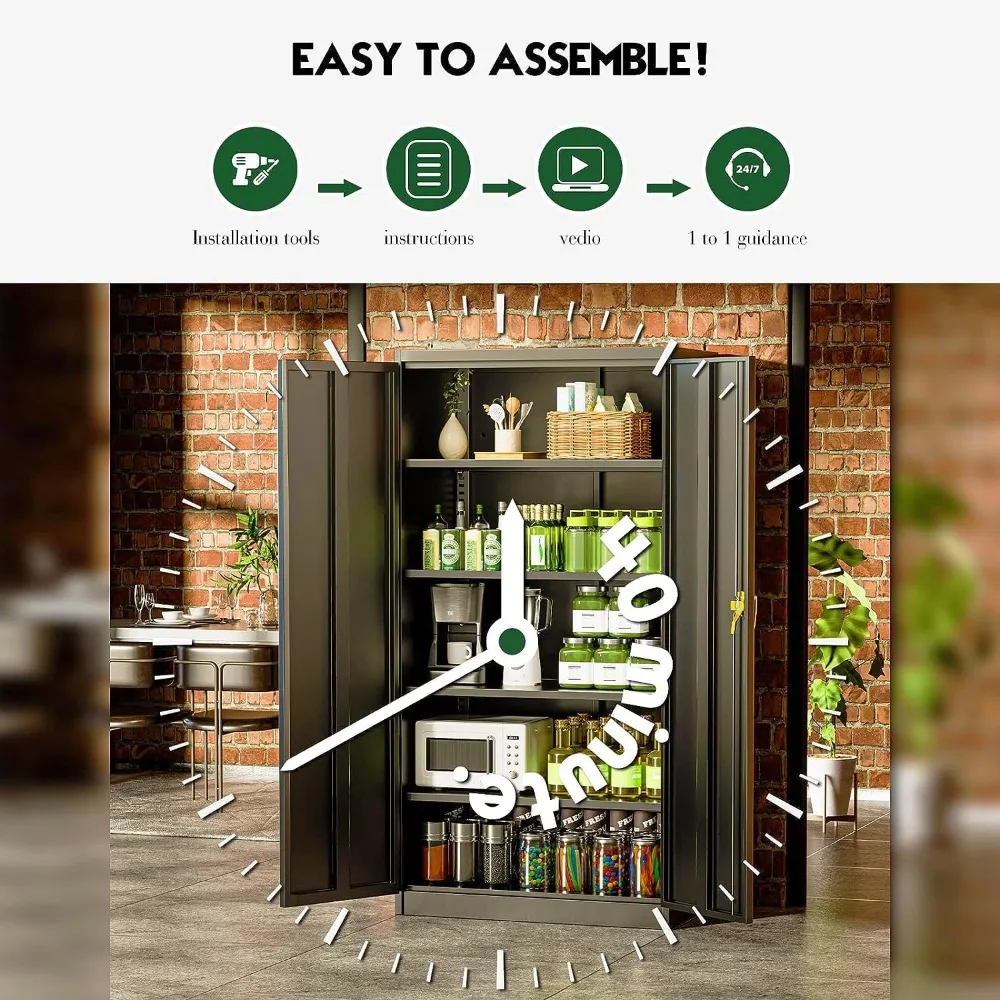
Conclusion: Elevating Your Workspace
Investing in a stylish and functional filing cabinet is a testament to the belief that practicality does not have to compromise on aesthetics. By carefully considering your office’s needs, design preferences, and available space, you can select a cabinet that not only keeps your documents organized but also enhances the overall appeal of your workspace. As you embark on transforming your home office from drab to fab, remember that a well-chosen filing cabinet can be a cornerstone of both efficiency and elegance.
